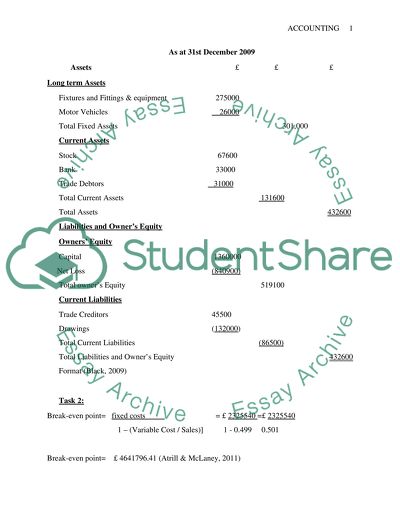Cite this document
(“Pampers Health Spa (PHS) Assignment Example | Topics and Well Written Essays - 2250 words”, n.d.)
Pampers Health Spa (PHS) Assignment Example | Topics and Well Written Essays - 2250 words. Retrieved from https://studentshare.org/finance-accounting/1441034-pampers-health-spa-phs
Pampers Health Spa (PHS) Assignment Example | Topics and Well Written Essays - 2250 words. Retrieved from https://studentshare.org/finance-accounting/1441034-pampers-health-spa-phs
(Pampers Health Spa (PHS) Assignment Example | Topics and Well Written Essays - 2250 Words)
Pampers Health Spa (PHS) Assignment Example | Topics and Well Written Essays - 2250 Words. https://studentshare.org/finance-accounting/1441034-pampers-health-spa-phs.
Pampers Health Spa (PHS) Assignment Example | Topics and Well Written Essays - 2250 Words. https://studentshare.org/finance-accounting/1441034-pampers-health-spa-phs.
“Pampers Health Spa (PHS) Assignment Example | Topics and Well Written Essays - 2250 Words”, n.d. https://studentshare.org/finance-accounting/1441034-pampers-health-spa-phs.


